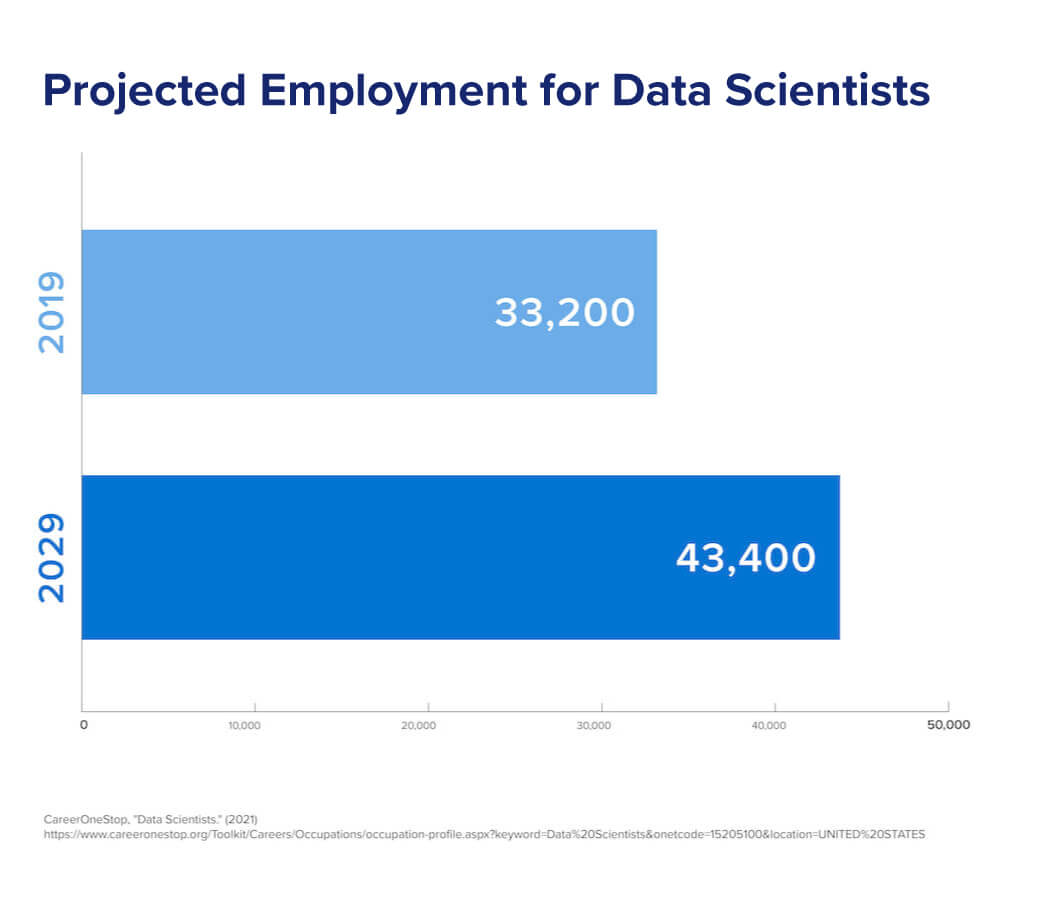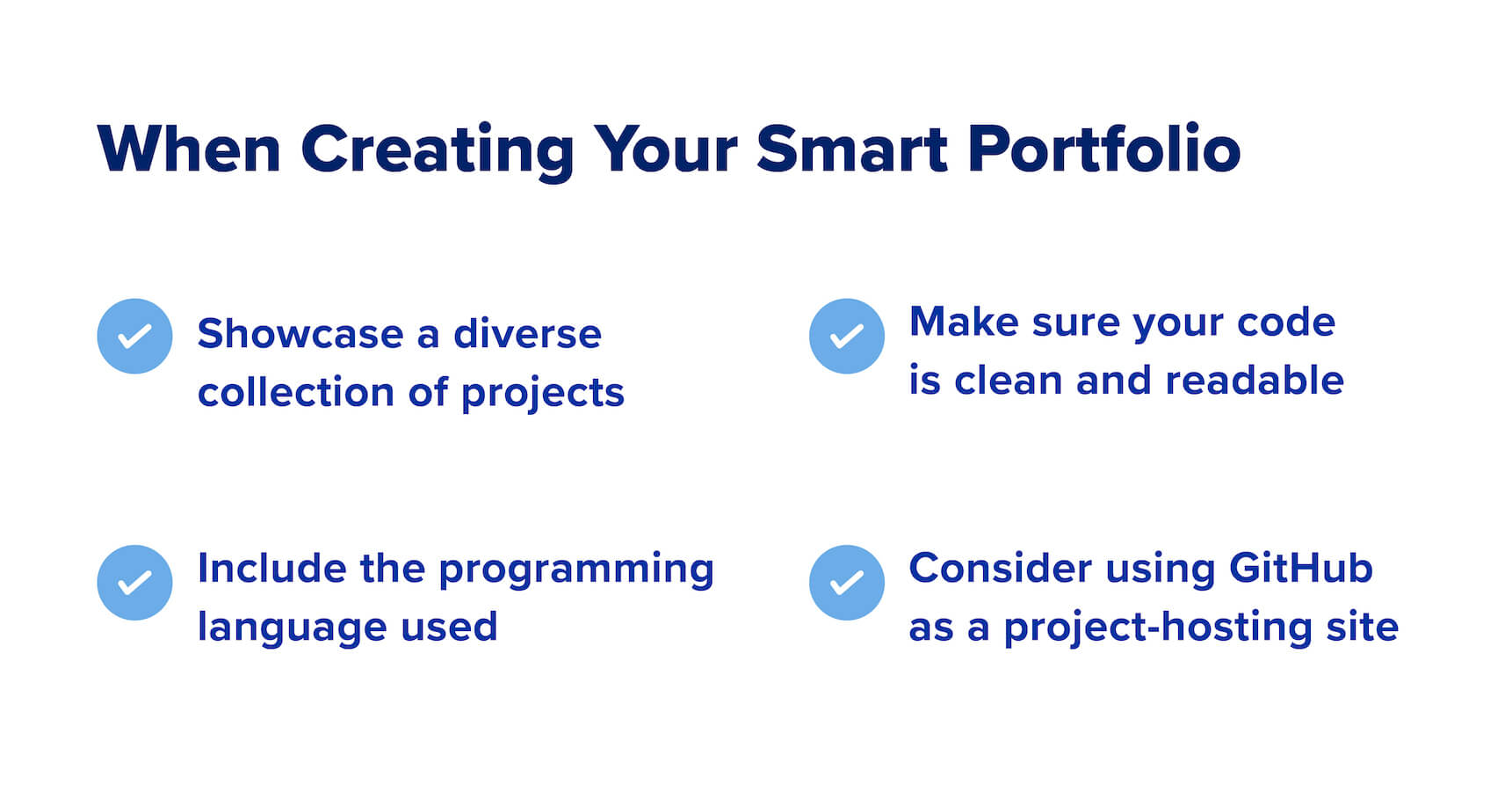Are These Projects Too Advanced? Here’s How You Can Get Started With Python to Build Your Portfolio
Perhaps some of these projects appear daunting, and you want to expand your knowledge of Python before tackling them. The good news is, you have several options.
Python’s wide use in programming and development makes it a popular subject in college programs and bootcamps. In addition, independent learners will find free or low-cost online courses, exercises, and video tutorials in all things Python.
Before enhancing your Python education, consider a few questions:
- What is my goal? Do I want to learn Python for fun, or do I want to acquire skills for a new career?
- How much time and money do I want to devote to learning Python?
With those questions in mind, here’s a look at some pathways for studying Python.
Bootcamps
Bootcamps are typically concentrated and short-term educational courses that tailor their focus to specific fields such as coding, data analytics, or fintech. In a bootcamp, you’ll spend 3-6 months acquiring the in-demand skills that employers value in a tech-centered workforce.
Bootcamps can be the right fit for coding beginners and working professionals who want to pursue a career in tech. They cover essential skills, guide learners in building project portfolios, and fit flexibly into a working schedule. Even better, employers take notice of bootcamp learners, with more than 70 percent of hiring managers considering them as qualified or more qualified than other recent hires, according to HackerRank.
Python can be a major component of bootcamp courses in coding, data analytics, and fintech. For example, the second of three modules in Columbia Engineering Data Analytics Boot Camp is called “Python Data Analytics,” which delivers a strong foundation in the language. This bootcamp can be a gateway to the expanding fields of data analysis and data science, which the U.S. Department of Labor projects will grow by 31 percent in the U.S. through 2029 thanks to an increased cross-industry demand for stronger internal technology and data infrastructure.
Columbia Engineering FinTech Boot Camp positions Python at the center of its financial programming module. Learners use Python and APIs to run financial analyses and build apps that use real-time data. The bootcamp further covers financial modeling, cryptocurrency, and machine learning applications in finance. Careers in financial analysis depend more and more on computing skills, according to the U.S. Bureau of Labor Statistics.
Additionally, Columbia Engineering Coding Boot Camp prepares learners for careers in web development, in which Python is also important. After acquiring the skills needed to become a full stack developer, learners can immerse themselves in Python as part of a free continuation course. Python is one of the tools covered in this phase, where material is available on-demand for one year after learners complete the bootcamp. Further, the continuation courses are project-based, offering learners the opportunity to develop portfolios that illustrate their Python programming abilities.
Degree in Computer Science
Python is a very important tool for many programmers. But, perhaps you’re interested in learning about computer science theory and mathematical principles in addition to specific programming languages. If so, consider pursuing a computer science degree.
Obtaining a college degree is an excellent path to working in a computer-related field. If you have the financial resources and can devote the time needed to complete an undergraduate program, a bachelor’s degree may be a good fit for you.
Programs such as Columbia’s undergraduate computer science curriculum include majors in computer science, computer engineering, data science, and information science. The program covers computer architecture and programming languages, the theory of computer science, and artificial intelligence. Students graduate ready to enter the workforce or continue their studies in a graduate program.
Independent Learning
Are you a financial professional who wants to learn Python to develop stock forecasts? Do you run a website and want to glean more insight from Google Analytics data? Or maybe you’re simply inquisitive, industrious, and eager to learn a new skill? No matter the reason, self-starters can make Python a personal project and learn independently.
As noted earlier, Python is considered a comparatively easy language to learn. However, it certainly still requires dedication and hard work for coding beginners to grasp the concepts of classes, objects, and functions. But, with time and patience, you can learn to write functional and fun programs in Python. And, if you get stuck on a project, there are plenty of resources available to help you figure it out.
Free and low-cost online courses are available to take you step-by-step through Python. They provide introductions to the language, teach the syntax and techniques of coding, and explore methods to use Python for data science, research, and finance. In addition, a YouTube search yields a variety of Python video tutorials that will allow you to view every step of writing a Python program.
Python programmers (from beginners to experts) conduct these tutorials, which can make it difficult to assess their veracity and usability. With careful vetting and diligence in your studies, you can still develop a strong Python skill set independently.

 Live Chat
Live Chat

